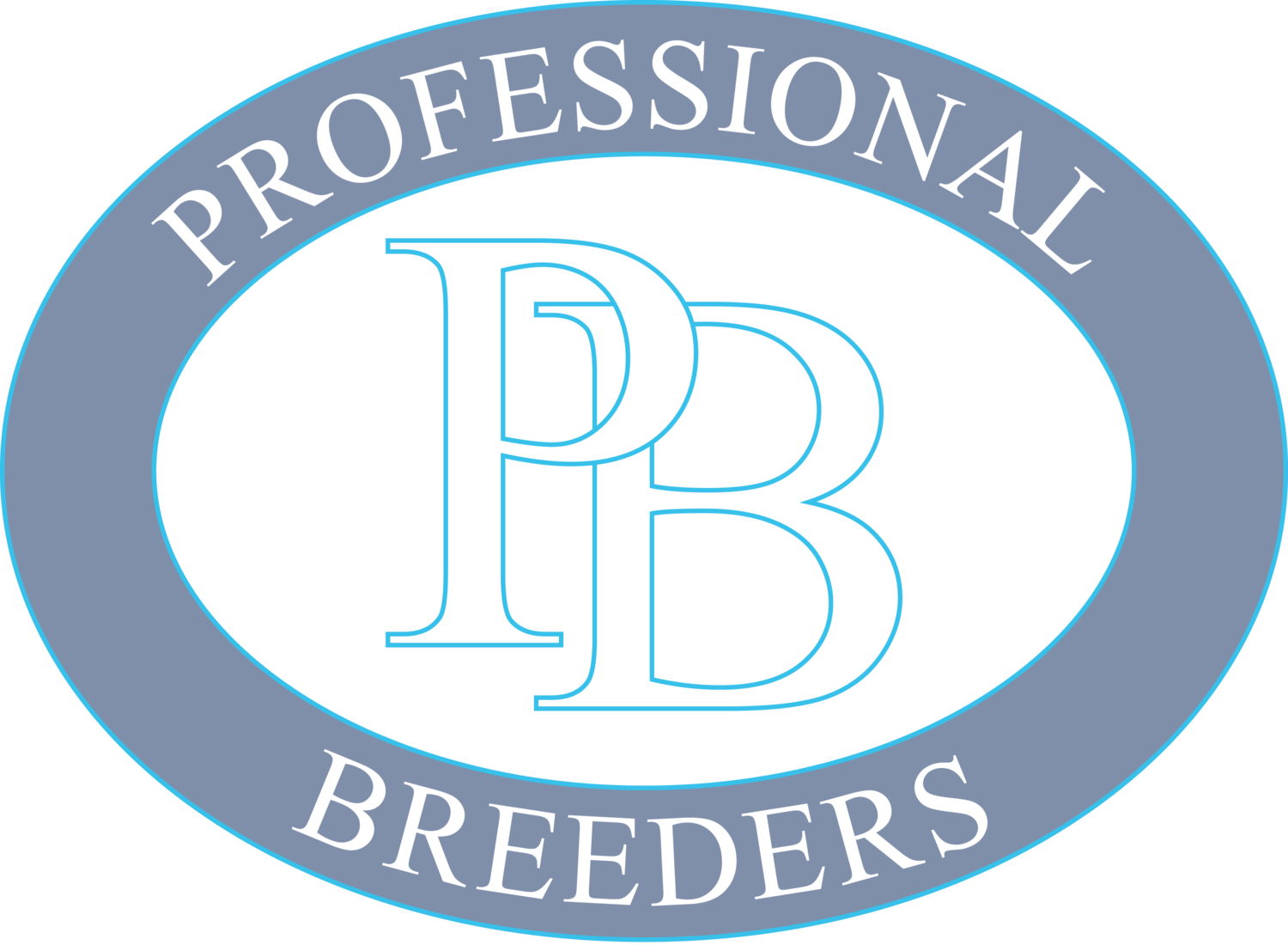HUSBANDRY AND REARING INFORMATION FOR HATCHLING TARAHUMARA MOUNTAIN KINGSNAKES
Caging and initial
set-up specifications
1. Hatchlings should be housed individually to optimize feeding response.
2. Caging should consist of one of the following options:
- A lidless plastic shoe box rack system with multiple box capacity and recessed heat tape or cable. Plastic shoe box size is approximately 12"L x 6 1/2"W x 3 1/2"H. This is the optimum choice for rearing multiple offspring.
- Plastic shoe box with lid on a shelving unit.
- Glass or plastic aquarium or terrarium of 5 to 10 gallon size.
3. Interior caging requirements:
- A delicatessen cup ( i.e. 8 oz. shipping cup) or butter dish with a 1 inch hole cut in the top and filled nearly full with moist (not wet) green sphagnum moss should be placed in the back 1/3 of the shoe box or other caging. This cup or dish should be placed directly over the heat source and nestled down into the substrate so that it remains close or in contact with the floor of the caging unit. The sphagnum moisture level should be maintained by adding water on a weekly basis as necessary. This sphagnum container is of primary importance for maintaining an optimum feeding response since tri-color
Lampropeltis hatchlings and juveniles under 24 inches in length are moisture loss sensitive, and may not consistently feed without it. Hatchlings will spend the majority of their time in the sphagnum container. - A water cup or dish that cannot be tipped over. We use disposable 2 ounce plastic souffle cups placed inside the 2 inch opening of a flat bottom 2 inch x 1/2 inch PVC reducer bushing.
- Substrate consisting of Sani-Chips, Aspen shavings, White Pine shavings, or other suitable material. We use and prefer Sani-Chips over all other substrates.
4. Heating requirements:
- Utilize a heat tape, heating cable, heating plate or pad that can be wired or rewired for thermostatic control. A Helix proportional thermostat or similar manufactured device with a remote heat sensing probe is ideal for maintaining a constant set temperature.
- Position the heating device under the back 1/3 of the shoe box or other caging.
- Set the thermostat so that the temperature inside the bottom of the delicatessen cup or butter dish nestled down in the substrate remains between 82 - 84 degrees Fahrenheit. Use an accurate probe thermometer to check this temperature.
Feeding parameters
and techniques
Technique 1
An ideal feeding schedule interval for newborn hatchlings and juveniles up to 24 inches in length is one feeding every 7 days
interrupted only by the shed phase. The number and size of individual food items should be increased on the every 7 day
schedule as the hatchling grows beginning with pinkies as a new hatchling and moving on to larger pinkies and then fuzzies as the growing juvenile can readily handle them.
Technique 2
A good repertoire of feeding techniques is very important to maintain consistent growth in the hatchlings. Even after the
hatchling is established on voluntary feeding of live or split-head pinkies, fluctuations may occur in the feeding response over time. Switching to an alternative technique may be necessary temporarily to keep the hatchling on track. Under no circumstances ( except if hatchling is hibernated) should a newborn hatchling be allowed to go without feeding for more than a 4 week period from the time hatchling is received.
The following feeding techniques listed in order of preference should be referred to and utilized when necessary to maintain consistent growth and performance:
- Live pinkies in open cage area (outside of sphagnum cup or dish).
- Live pinkie with hatchling isolated in a delicatessen cup (with air hole) and closed lid with no substrate and left overnight.
- Split-head pinkie on top of sphagnum container lid in cage unit left overnight.
- Split-head pinkie with hatchling isolated in a delicatessen cup (with air hole) and closed lid with no substrate and left overnight.
- Lizard scenting a pre-killed pinkie placed on top of sphagnum container lid and left overnight. The pinkie should be rubbed all over the body of a live lizard or preferably inside the gut area of a pre-killed lizard.
- A thawed out from frozen pinkie on top of sphagnum container lid or isolated in closed delicatessen container and left overnight.
- Washing a pre-killed pinkie with soap and water and then placing on top of sphagnum container lid or isolated in delicatessen container and left overnight.
- Teasing the hatchling to strike, hold, and consume a pre-killed pinkie.
- Feeding the hatchling a readily accepted lizard of appropriate size.
- Utilizing a pinkie pump force feeding syringe.
- Hibernate hatchling or juvenile for a 2 month period to stimulate a feeding response upon exiting hibernation period.
Technique 3
Transfer the juvenile into a permanent adult caging unit when a total body length of 22 to 24 inches is reached. At this point
the sphagnum container can be discontinued and an every 7 day feeding schedule established.

